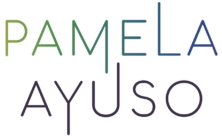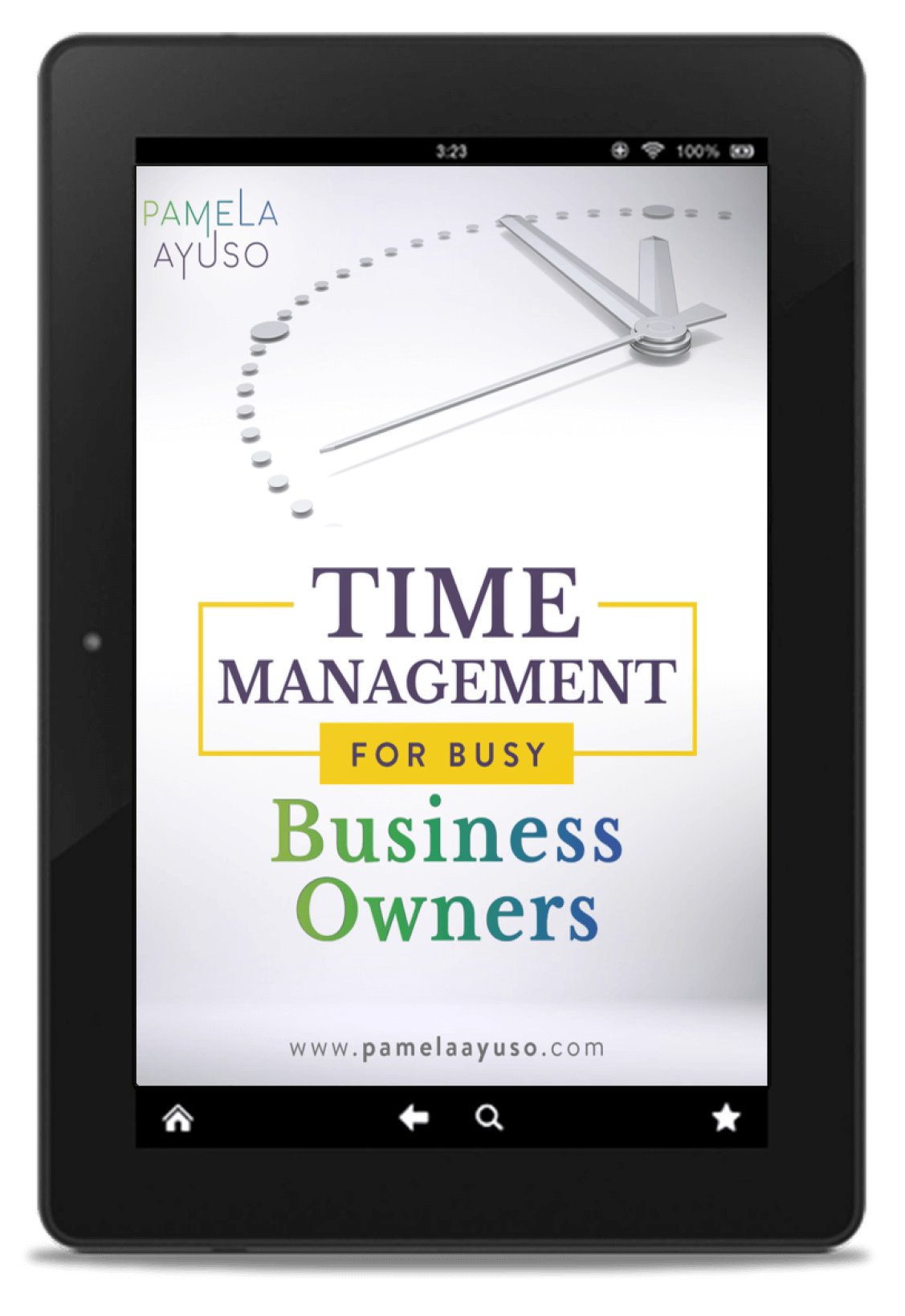Time is one of our most precious resources, and we often wish we had more. Often, it feels like it is slipping through our fingers like sand, and since we, unfortunately, cannot create more time, we instead must prioritize and focus on what matters most.
We each try to work as best as we can with the time we have. We all have our methods, which inevitably include schedules and building routines as well as hopefully, time off to rest and recharge. We may also try to be as productive as possible so that we do not waste any of it.
A concept I recently discovered for myself, and that helps me understand how time moves, is the idea of rhythms. Our routines and schedules reside within larger rhythms, which are the pace at which work moves at different points. These rhythms change, and some are longer while others are less so.
![[Photo: Zoltan Tasi/Unsplash]](/wp-content/uploads/2021/01/zoltan-tasi-5aYSoD6HW8E-unsplash.jpg)
[Photo: Zoltan Tasi/Unsplash]
During some periods, certain routines and schedules will work best while not in others. These rhythms may be dictated by seasons or by larger calendars. At the beginning of our careers, for instance, the pace is quicker, as we are trying to build our future paths. Then, when we reach a place where our career is more established, the rhythm changes, and we are operating in maintenance mode, managing what we built. This stage can change, of course, and the rhythm may shift again.
Similarly, when we are launching new projects or starting a new business, the initial creative phase is more fluid and has a different beat than the one we hear once everything is more established. Depending on the type of work you do, it may have built-in rhythms to it. If your work is project-based, your schedule will depend on how your projects move and evolve. You may also have busy seasons, like I did when I was an auditor at EY. During these times, you know your work will have a much different pace than at other times of the year. As we adapt to the changing paces of our work, our routines and calendars adjust.
Identifying and Adapting to the Rhythms in our Schedules
Once you have an idea of the overarching tendencies in your time, you can start to work with them. In times when you have more control of your schedule, you may choose a more structured approach with set times and goals for achieving tasks. During these periods, you can boost your productivity with goals. Other times, you may not have that luxury and must adapt your schedule to meetings or ensuring that work is moving along in the projects you have implemented.
![[Photo: Heather Zabriskie/Unsplash]](/wp-content/uploads/2021/01/heather-zabriskie-yBzrPGLjMQw-unsplash.jpg)
[Photo: Heather Zabriskie/Unsplash]
For example, in my writing, in addition to creating my articles, I also review edits, Spanish translations, and uploaded articles. The publishing and administrative part of the writing takes almost as much time as the writing itself. In those times of the year where I can command my time better, I have set goals for the number of words I want to write in a day, and I do much of the publishing and administrative work for my website and articles. This process is structured. Then, when I cannot devote as much time to the administrative tasks of my writing projects, I take a more fluid approach. I do not have the time or space to be as systematic, so I take advantage of this time to do more creative work. My mind is freer, and I try to write as much as possible. What time I have to write is usually much more productive because my ideas flow faster.
The main idea is to find your rhythms. If there is a time when you can be in a more structured period, give it your all, knowing that you can accomplish your goals, so you do not have to worry later. Then, when you are in a different phase, try to find what tasks and projects match your time and energy at that point. In any rhythm, it all starts with knowing what works for you at that point. You can consequently be more present, knowing that you are fully taking advantage of the rhythm you are experiencing.



